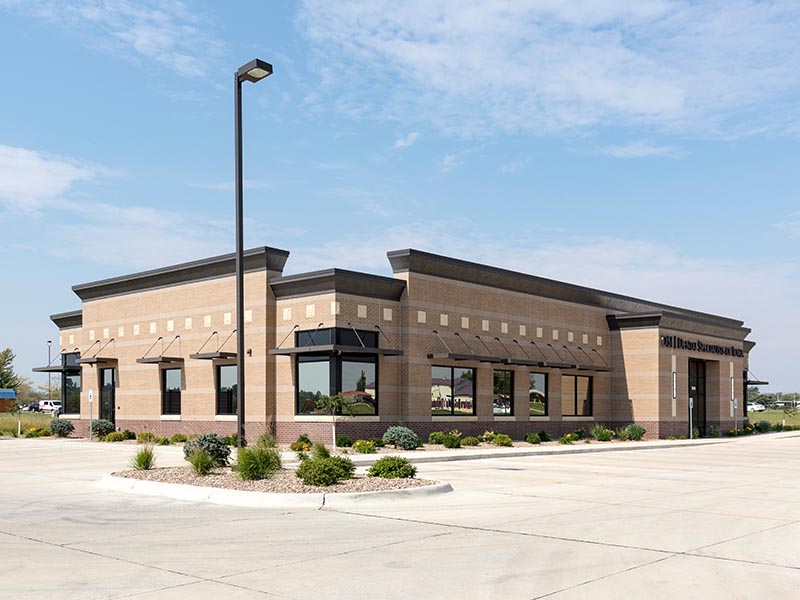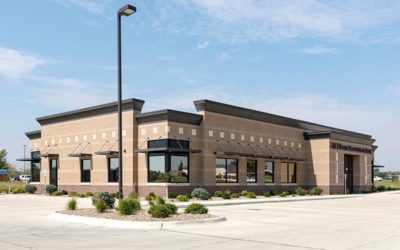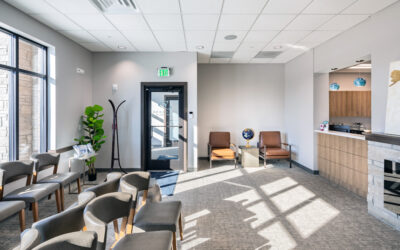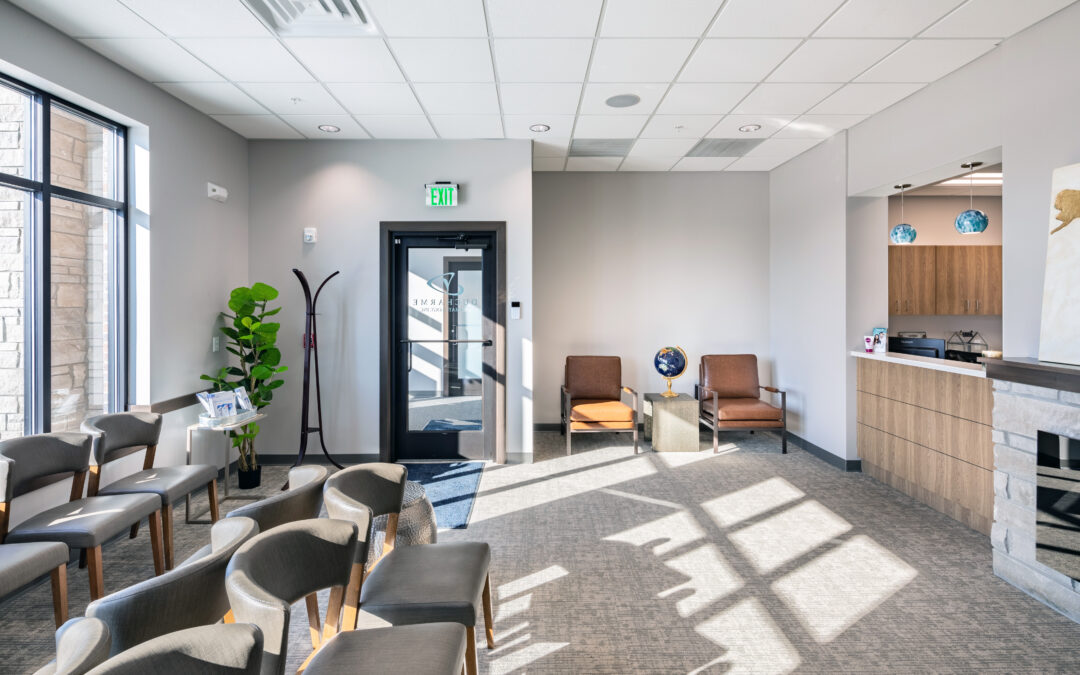When embarking on a construction project, whether it’s a dental office, a retail space, or a mixed-use development, the site selection process is one of the most critical steps. A poorly chosen site can lead to unexpected challenges, increased costs, and long-term...

Site Selection Strategies for Successful Construction Projects
When embarking on a construction project, whether it’s a dental office, a retail space, or a mixed-use development, the site selection process is one of the most critical steps. A poorly chosen site can lead to unexpected challenges, increased costs, and long-term operational inefficiencies, while the right location can lay the foundation for success. This article explores essential factors to consider when selecting a site for construction projects, from accessibility to zoning regulations and future growth potential.
1. Accessibility: Ensuring Ease of Access
Accessibility is paramount when evaluating potential sites for construction. It influences everything from customer convenience to operational logistics and long-term property value. Consider the following aspects of accessibility:
- Proximity to Transportation Hubs: For businesses that rely on foot traffic or commuters, being close to public transportation hubs, highways, or major roads is critical. For example, a dental or medical office located near a busy intersection or transit station will attract more patients who value convenience.
- Parking Availability: Ample and convenient parking is essential for most projects. For offices, retail spaces, or medical buildings, insufficient parking can deter clients or patients. Evaluate whether the site can accommodate current parking needs and potential future expansion.
- Walkability and Connectivity: In urban areas, walkability is a significant factor. Sites located near residential neighborhoods or commercial centers with pedestrian-friendly pathways are often more attractive. Additionally, consider the site’s integration into existing pedestrian and bike networks, as these contribute to accessibility.
2. Zoning Regulations: Navigating Legal Requirements
Zoning laws dictate how a property can be used, and compliance is non-negotiable. An in-depth understanding of local zoning regulations is essential before purchasing or developing a site.
- Understand the Zoning Designation: Every parcel of land has a zoning designation, such as residential, commercial, industrial, or mixed-use. Ensure that the site’s zoning aligns with your project’s purpose. For example, a dental office would typically require commercial zoning or a specific healthcare overlay.
- Permits and Approvals: Some projects may need special permits or variances to proceed. Researching these requirements early can save time and money. For instance, if a mixed-use project is planned for a commercially zoned area, you may need to secure a variance for residential components.
- Environmental and Building Codes: Local environmental regulations and building codes must also be considered. For instance, some jurisdictions have restrictions on building height, lot coverage, or impervious surfaces to address stormwater management.
3. Future Growth Potential: Planning for Tomorrow
A successful site today may not remain viable in the long term if future growth trends are not accounted for. Understanding the economic, demographic, and infrastructural trajectory of the area is crucial.
- Economic Trends: Research the area’s economic outlook. Are businesses thriving, or is the region experiencing economic stagnation? Strong economic indicators, such as rising property values or new business investments, can signal a promising location.
- Population Growth: For projects like dental offices or retail spaces, a growing population is a good indicator of long-term success. Analyze census data, local development plans, and residential construction trends to understand the area’s demographic shifts.
- Infrastructure Development: Assess planned infrastructure projects, such as new highways, public transit expansions, or utility upgrades. These developments can dramatically increase a site’s attractiveness and accessibility in the future.
4. Environmental Considerations: Mitigating Risks
Environmental factors play a significant role in site selection, influencing construction feasibility, costs, and long-term sustainability.
- Topography and Soil Conditions: Evaluate the site’s topography and soil quality. Steep slopes, rocky terrain, or unstable soils can increase construction costs and pose engineering challenges.
- Flood Zones and Natural Disasters: Determine whether the site is in a flood zone or prone to natural disasters such as earthquakes, hurricanes, or wildfires. Mitigating these risks often requires additional investments in infrastructure and insurance.
- Sustainability: Sites that align with sustainable development goals are increasingly in demand. Consider options for renewable energy integration, stormwater management, and green building certifications.
5. Market Demand: Aligning with Your Target Audience
Understanding your target audience is critical in site selection. The ideal location will be where demand for your project’s offerings aligns with the surrounding community’s needs.
- Demographics: Analyze demographic data to ensure alignment with your intended use. For example, a dental office should be located in a community with a growing or stable population of families and professionals.
- Competitive Landscape: Assess the competition in the area. An oversaturated market may limit your project’s success, whereas an underserved area could present untapped opportunities.
6. Utilities and Services: Ensuring Operational Efficiency
Reliable access to utilities and services is a fundamental requirement for any construction project.
- Water, Electricity, and Sewer: Confirm the availability and capacity of essential utilities, including water, electricity, sewer, and waste management services. Inadequate infrastructure can lead to significant delays and additional costs.
- Telecommunications: Modern projects, especially offices and retail spaces, require robust telecommunication networks. Ensure the site has access to high-speed internet and reliable phone services.
- Emergency Services: Proximity to fire stations, hospitals, and police departments can affect safety and insurance premiums. This is particularly important for healthcare-related projects like dental or medical offices.
7. Community Impact: Building Relationships
A successful project integrates seamlessly into the community. Engage with local stakeholders to understand community priorities and potential concerns.
- Community Support: Engage with local organizations, residents, and business associations to gauge support for your project. Community buy-in can ease the permitting process and enhance long-term success.
- Cultural and Historical Considerations: Some sites may have cultural or historical significance. Understanding these factors early can help you navigate potential challenges and foster goodwill within the community.
8. Financial Feasibility: Balancing Cost and Value
Ultimately, the financial aspect of site selection cannot be overlooked. While some sites may check all the boxes, they must also fit within your budget.
- Acquisition and Development Costs: Evaluate the purchase price and the costs associated with site preparation and development. Sites requiring extensive grading, demolition, or infrastructure upgrades may exceed budget constraints.
- Return on Investment (ROI): Consider the site’s potential to generate revenue or value over time. For instance, a site in a high-demand area may justify higher upfront costs due to long-term profitability.
- Tax and Incentive Programs: Research tax implications and available incentives. Some municipalities offer tax breaks or grants for projects that meet specific criteria, such as creating jobs or promoting sustainability.
Conclusion: Strategic Site Selection for Lasting Success
Choosing the ideal location for your construction project is a multifaceted process that requires careful consideration of numerous factors. From ensuring accessibility and complying with zoning regulations to assessing future growth potential and environmental risks, each decision plays a vital role in your project’s success.
By conducting thorough research, engaging with stakeholders, and planning for the long term, you can make informed site selection decisions that set the stage for operational efficiency and profitability. Whether you’re developing a dental office, a retail space, or a residential complex, a strategic approach to site selection is the cornerstone of any successful construction project.
You Might Also Like
Site Selection Strategies for Successful Construction Projects
5 Surefire Ways to Create a Modern and Welcoming Dermatology Office
As a dermatologist practice owner or a dermatologist considering opening your own office, you understand the importance of creating a modern and welcoming environment for your patients. In this article, we will explore five proven ways to transform your dermatology...




